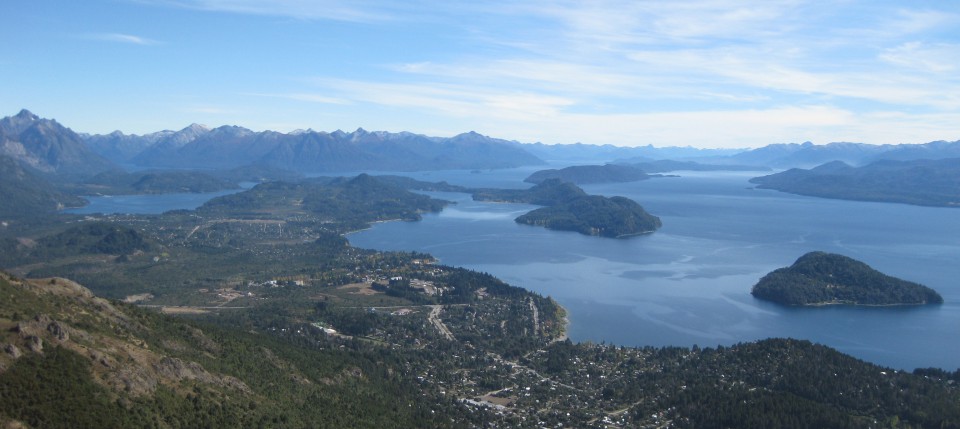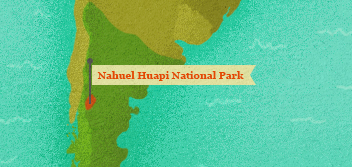
Nahuel Huapi National Park, Argentina
Nahuel Huapi was South America’s first national park. It was first designated a national park by the scientist, Francisco “Perito” Moreno in 1903.

Nahuel Huapi National Park, situated on the Argentine lake of the same name, was the first national park in South America. It was created in 1903 when Francisco P. Moreno donated three leagues of his own property to the government with the understanding that it would form the nucleus of a national park, call the National Park of the South. This land was adjacent to the growing village of San Carlos de Bariloche and the region received ample attention from the national government in the next few decades. Scientists charted a railroad path to link the settlement and new park to the coast and the capital city of Buenos Aires. Settlers arrived with plans to develop ranches, orchards, and even ski resorts. In 1922 the Argentine government added territory to Moreno’s donation and in 1934 the government created the Park Service (Dirección General de Parques Nacionales) which changed the name to Nahuel Huapi.
As the oldest park in Patagonia, Nahuel Huapi formed a template of sorts for other parks. For instance, Chile’s second and now oldest park, Vicente Pérez Rosales, was created adjacent to Nahuel Huapi in 1926. Many similarities exist between the Chilean and Argentine parks of this region, making the park constellation—or the larger complex of park entities—as significant as the original park. Nahuel Huapi served as a model for other Argentine parks and for the region. When the International Union for the Conservation of Nature decided to hold its first conference in Latin America in 1968, San Carlos de Bariloche and Nahuel Huapi National Park were the chosen setting.
What did it mean at the time of declaration that Patagonia got a National Park? What role did a scientist like Francisco Moreno play in the creation of the park and scientific arguments for it? How did Argentines advertise the park? How was its legacy recognized? The documents below provide some testimony to help answer these questions.
Many different documents exist to tell the story of this park but Patagonian documents have a significant memorializing flair. The first two documents highlight two trip reports, that of Moreno’s second trip to the region in 1896 and a map of the 1912 trip of Bailey Willis, in charge of the railroad planning. The second two documents provide glimpses into the personal life of the famous park personality, Moreno through the letter he wrote donating the park and newspaper coverage of that event. The next pair of documents, the pamphlet and brochure from the park, can be credited to the new National Park Division. Then, three maps read as documents help to situate the park’s geography by including parks on the Chilean side of the international boundary. Finally, a speech presented by known Mexican conservationist, Enrique Beltrán pays homage to Moreno and the park during the 1968 conference in the park.